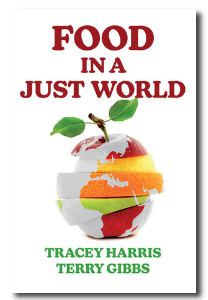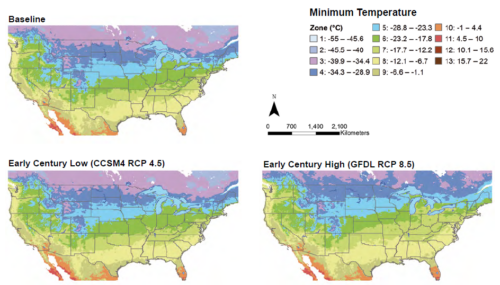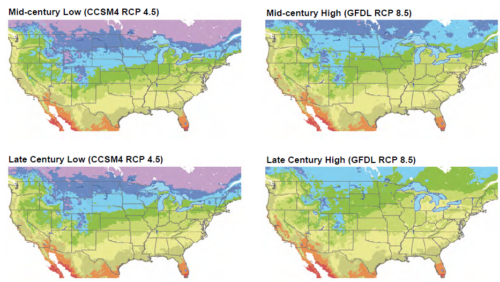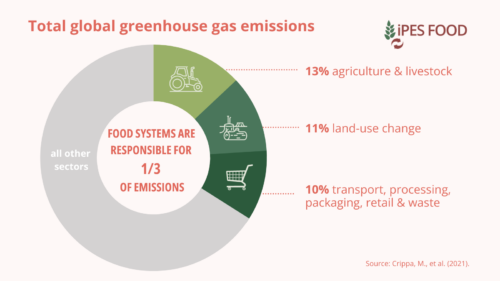Industry-funded study of the week: Pork
A reader, Tara Kenny, sent me this one. She wrote that she had seen a chart from this paper posted on X (Twitter) “showing how pork, chicken, eggs, fish and turkey are almost the same as beans and nuts in terms of mean GHGs/50g of protein so I figured this paper would have likely have some conflicts of interests…It does.”
I went right to it.
- The paper: Perspective: The Place of Pork Meat in Sustainable Healthy Diets. Advances in Nutrition. Adam Drewnowski. Advances in Nutrition. Volume 15, Issue 5, May 2024, 100213.
- Rationale. “The present analyses explore the place of pork in sustainable healthy diets worldwide, given the need for high-quality protein and the predictable patterns of global food demand.”
- Method: “This Perspective article aims to assess the place of fresh pork in the global sustainability framework, drawing on data from United States sources and from international agencies. The present goal was to examine the sustainability of pork as a source of meat protein, considering nutrition, affordability, environmental impact, and future food demand.”
- Conflict of interest: “AD is the original developer of the Naturally Nutrient Rich (NNR) and the Nutrient Rich Food (NRF) nutrient profiling models and a member of scientific advisory panels for The National Pork Board, Nestlé, FrieslandCampina, BEL, and Carbohydrate Quality Panel supported by Potatoes USA and has worked with Ajinomoto, FoodMinds, KraftHeinz, Nutrition Impact LLC, Nutrition Institute, PepsiCo, and Samsung on quantitative ways to assess nutrient density of foods.”
- Funding: “Analyses of publicly available USDA, FAO, and World Bank data were supported by the National Pork Board. The funders were not involved in the development of databases, analytical models, data analysis or interpretation, manuscript preparation or the decision to submit the manuscript for publication.”
Comment: Reducing greenhouse gas emissions produced by agriculture is an important goal. Most researchers think industrialized countries should produce less meat (particularly beef) as a necessary first step. This analysis suggests we stop worrying about the effects of pork on climate change (never mind the effects of industrial pork production on air, land, and water within smelling distance). This article, by my old friend and colleague Adam Drewnowski, is an excellent overview of pork nutrition. But why do it? The title alone raises the question, “Who paid for this?”







